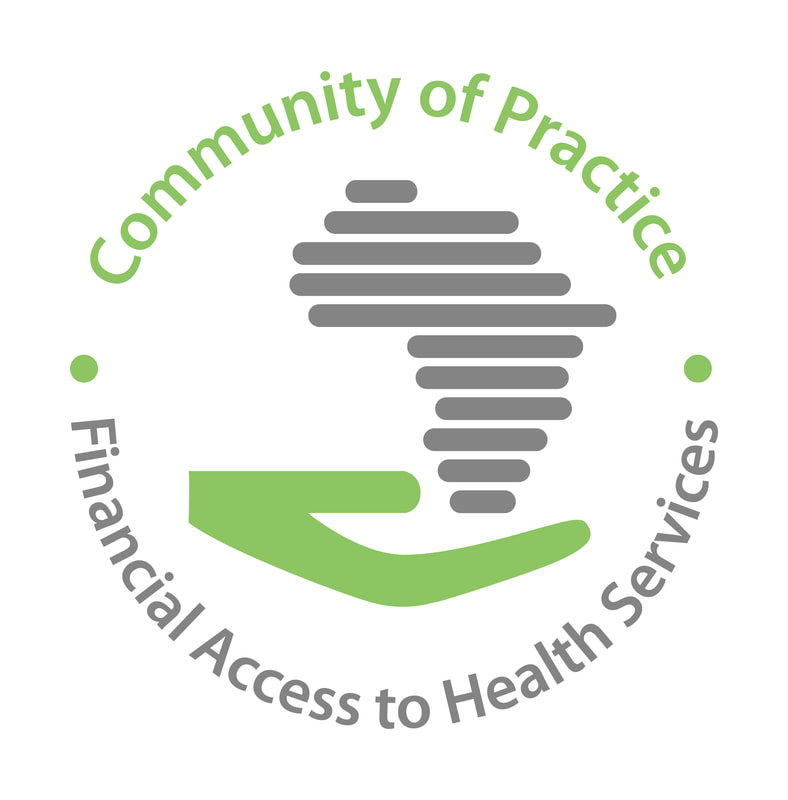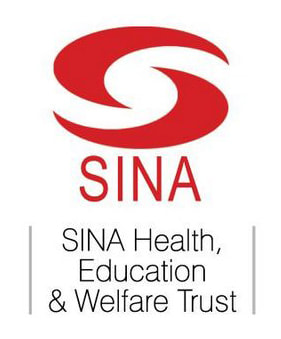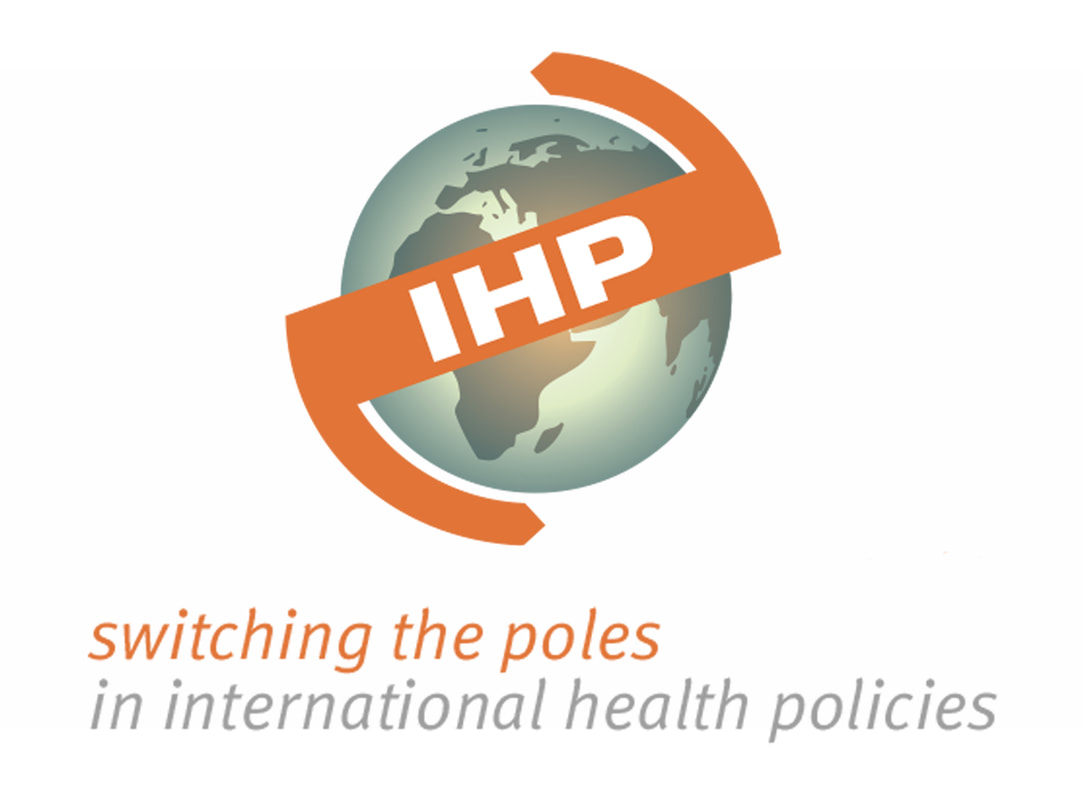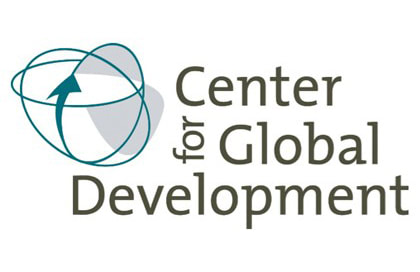
Verification is an essential function of all RBF programs. At a time when the issue of institutional and financial sustainability of RBF arises in many countries, Matthieu Antony (AEDES) reckons the Pareto principle could help us find a balance between the imperative of control and the objective of efficiency.
Verification as the cornerstone of RBF
In general, the verification is carried out to ensure that health services for which a payment request has been made have actually been supplied and are of good quality. The reasons for the establishment of such procedure are numerous:
- Verification helps ensure a certain level of transparency in the payment of RBF credit.
- Verification helps limit the opportunistic behavior of healthcare providers by imposing the threat of sanctions if they breach their contractual obligations.
- Finally, a rigorous audit can improve the quality of the routine information system by encouraging the provider to pay more attention to his bookkeeping.
Verification of results is therefore essential to ensure the credibility of RBF with all stakeholders. This is especially true at the beginning of an RBF program when actors are not yet familiar with the new institutional arrangements in place.
So why redesign the verification procedures?
Well, the main reason is because the verification procedures, as they are currently applied in the majority of programs on which I had the chance to work appear costly and inefficient. To illustrate my point I will focus on the quantitative verification, also called the administrative or coherence verification.
The quantitative verification is often extremely demanding in terms of human resources and time. This is due to the requirement that ‘verificators’ undertake the review of all healthcare services provided by all health facilities during a given period (usually a quarter). As RBF typically targets about 20 health services (quantitative indicators) and a hundred health facilities (and this only when it is at a pilot project stage), it is easy to understand that the task will be daunting.
In general, the agencies responsible for verification face the problem of establishing strict control while respecting deadlines to ensure payment of RBF bonuses in time to health providers.
From my perspective, we tend to underestimate the time required for verification, which can have two consequences:
- The auditors conduct a quick check which may be of poor quality;
- Auditors who may have other tasks do not have the time to perform them.
It should be noted indeed that in some cases staff responsible for the audit are also responsible for other technical support whether at central or peripheral level. In this case, verification of services can happen at the expense of other equally important activities, even more important ones (especially when verificators have clinical skills), such as coaching of health facilities.
The Pareto principle or the "80/20 rule"
Pareto was a 19th-century Italian economist and sociologist who discovered that in several countries in Europe, 20% of the population were typically financing 80% of the tax revenues. From this, he inferred that 20% of the population owned 80% of the country's wealth. This insight has then been turned into a “principle” that can be summarized as follows: 80% of the effects are the result of 20% of the causes (80/20 rule).
Since then, this principle, which is purely empirical and has no theoretical foundation, has been observed in many areas: business, management, industry, and has become a powerful analytical tool for separating things into the categories of primary and secondary. Based on my experience, this principle can also be applied to the RBF verification.
As described above, one of the main objectives of the quantitative verification is to limit the risk of "over-payment" by verifying that the reported activities that generate payment to the providers are real. In this context, all activities and therefore all RBF target indicators don’t have the same importance. Depending on the volume of activity carried out and fixed unit prices, the financial impact of each indicator will be different. According to an exercise carried out in a sub-Saharan African country that have introduced RBF since more than 4 years, it appears that a third of indicators checked at health centers (32%) contribute to 80% of the total amount saved (therefore unspent) through verification. These results show that it is possible to identify “high risk” indicators and thus priority indicators in terms of verification as well as secondary indicators, with the latter presenting a “moderate” or even “low financial risk”.
What can we learn from the Pareto principle?
The main lesson we can draw from the Pareto principle in this context is that "maximizing" the verification does not necessarily guarantee the "optimization" of the obtained results. Throughout the verification process, a balance must be found between the efficiency of the procedures and the costs it generates. This is especially true when scaling up an RBF program. Therefore, for purposes of efficiency and sustainability of the verification system, alternatives to a comprehensive and systematic monitoring of care delivery need to be explored.
On this last point, the establishment of a verification system based on risk is a track that needs to be explored further. This system would be based on (i) a sample of performance indicators and health facilities according to their level of financial risk and (ii) the adoption of enhanced control measures when the risk is high and simplified measures when the risk is low. Obviously, sampling procedures and verification measures should be defined by the purshaser of the service to avoid collusion between health staff and verificators.
Conclusion
In conclusion, I come back to the idea that intensive verification may be required at the beginning of the program, but that then we must move towards greater efficiency. It’s about being realistic and admitting that the RBF verification process should not provide absolute certainty on all services provided by health facilities, but some degree of certainty that the service purchaser deems acceptable under the circumstances.
What is your opinion and experience on this?






